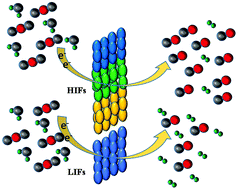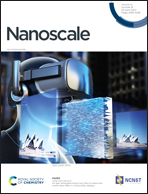From low to high-index facets of noble metal nanocrystals: a way forward to enhance the performance of electrochemical CO2 reduction
Abstract
To date, noble metal nanoparticles, mainly the gold (Au) and silver (Ag) nanoparticles, are the most active and selective heterogeneous catalysts that have revealed a tendency to form CO and directly synthesize syngas as a result of the electrochemical CO2 reduction reaction (CO2RR). The CO2RR activity and selectivity are influenced by a wide range of factors, such as morphology, surface structure, shape, composition, type of electrolyte used, and pH. Most of these issues have been reviewed and evaluated critically. Herein, the CO2RR activity and selectivity to CO formation on the low and high-index facets of Au, Ag, and Pt NCs were evaluated with a greater motive to provide new insights into the field. The author refers to different experimental approaches and the corresponding theoretical methods that have been employed to study the product formation activity and selectivity on low and high-index facet noble metal NCs for the CO2RR. In conclusion, some perspectives have been provided on the future research of the low and high-index facets of noble metal NCs for CO2 reduction.

- This article is part of the themed collection: Recent Review Articles


 Please wait while we load your content...
Please wait while we load your content...